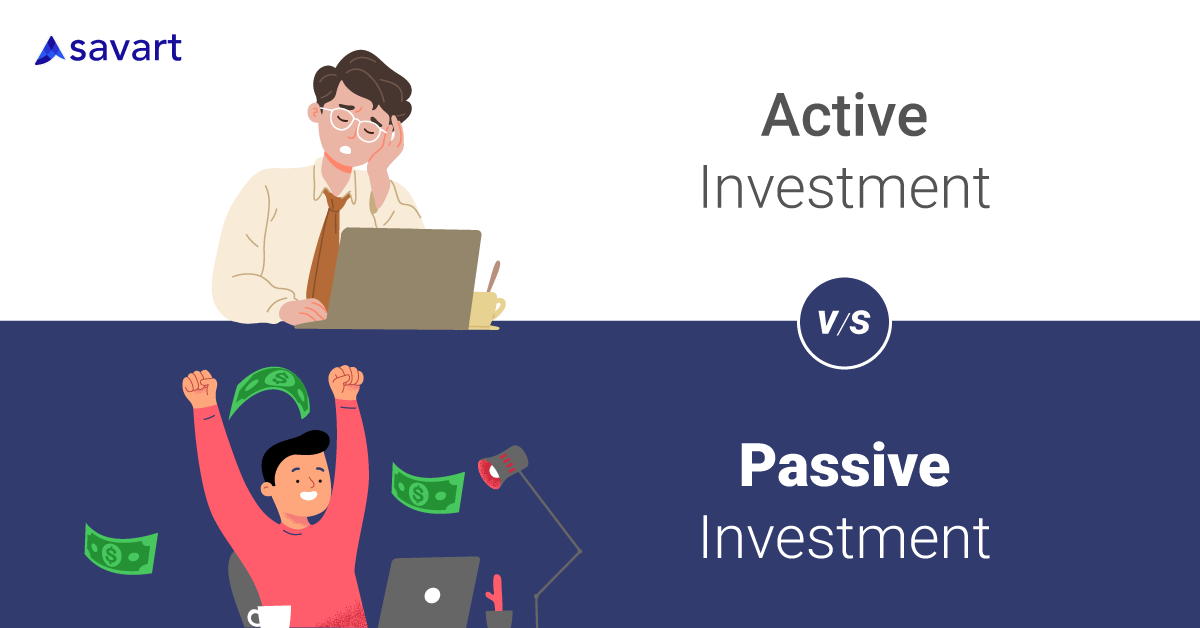Mutual Funds, Index Funds & ETFs – All You Need To Know

The financial market is replete with a variety of investment instruments with varying features and returns. Investors can choose any instrument based on their investment strategies. One of the most popular investment tools is mutual funds. These funds promise market linked returns and diversify the inherent risks through investing in a diversified portfolio. Another investment avenue is an Exchange Traded Fund (ETF) which also provides returns linked to the financial market. Though both mutual funds and ETFs are different investment instruments, many investors think that they are the same. Let’s understand the differences between these two modes of investments:
What are mutual funds?
Mutual funds are investment schemes under which the investor’s money is pooled together and then invested in a range of securities and stocks. The performance of the stocks in which the fund has invested is reflected in the performance of the scheme. There are different types of mutual fund schemes depending on the types of securities the fund has invested in.
What are Exchange Traded Funds?
Exchange Traded Funds, or ETFs, also pool the money of investors and then invest the money in a particular index or sector. ETFs are traded on the stock exchange and are managed passively. ETFs usually invest in stocks, bonds, and commodities.
Difference between mutual funds and ETFs
- Purchase process
ETFs can be brought only if you have an active online trading account. In case of mutual funds, however, the trading account is not required. The fund can be bought directly from the mutual fund house, brokers or mutual fund distributors.
- Investment required
There is no minimum investment criterion in ETFs. You can buy a minimum of one unit of a selected ETF. In mutual funds, however, there is a minimum investment required. In case of lump sum investment, a minimum investment of INR 5000 to INR 10, 000 is required for most schemes. For SIPs, a minimum monthly contribution of INR 500 or 1000 may be required.
- Fund management
ETFs are passively managed funds. They are invested as per an index or commodity and mimic the performance of that index or commodity. Mutual funds are actively managed funds which are managed by fund managers.
- Expenses involved
The charges and expenses involved in mutual funds are higher than in ETFs. Mutual funds have exit loads, fund management charges, administration charges, distribution charges, etc. The total expense ratio may even go up to 3% – 5%. In the case of ETFs, low charges are incurred for expenses involved in the fund management, brokerage, and delivery charges. ETFs do not usually have a total expense ratio exceeding 1% of the transaction amount.
- Liquidity
ETFs are very highly liquid. They can be traded intra-day on any trading session. Mutual funds are also liquid but not as liquid as ETFs. Moreover, in the case of ELSS schemes, liquidity is not possible due to the lock-in period of 3 years.
- Pricing
ETFs have a very transparent pricing since they have a specified benchmark and invest in a limited number of securities or bonds. Mutual funds’ NAV is determined after taking into consideration the total value of the portfolio which is invested in a large number of stocks and securities. As such, the pricing of the mutual fund scheme is not as transparent as that of ETFs.
- Fund performance
The performance of ETFs is meant to mimic the index in which the ETF is invested. In case of mutual funds, the aim of the fund manager to beat or out-perform the benchmark index, not mimic it.
These are the basic differences between ETFs and mutual funds and the differences are quite prominent. You cannot pitch mutual funds and ETFs in the same segment. Index funds, a type of mutual funds, invest as per a specified index just like ETFs and come close to matching the performance of ETFs. However, index funds are mutual funds and so they have the above-mentioned differences with an ETF. So, don’t confuse ETFs to be a kind of mutual fund. Know the above-mentioned points and understand the difference between the two.
-

Individual investors engage in stock market activity for a variety of reasons, e.g., long-term gains, short-term gratification, experiencing daily highs/lows, learning, applying intellectual strategies, etc. Their approaches to achieving these objectives can be broadly classified as active or passive in terms of the time spent analyzing the markets and their frequency of transactions. Let’s understand […]
-

7 Common Investing Mistakes That Can Reduce Your Returns from the Market Investing is an exciting experience. But it can also overwhelm people, especially those who are starting afresh. By their very nature, stock markets go up and down – disciplined investors understand this, and develop strategies to reduce their risks during market lows (as […]

